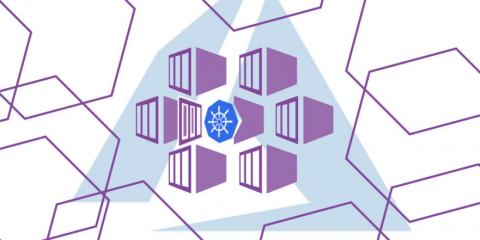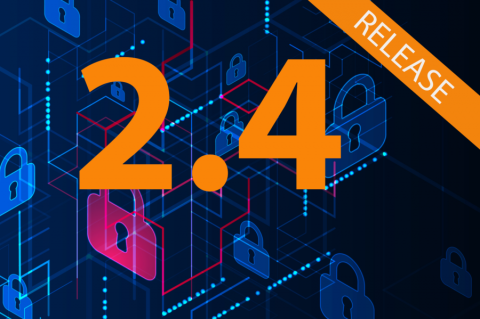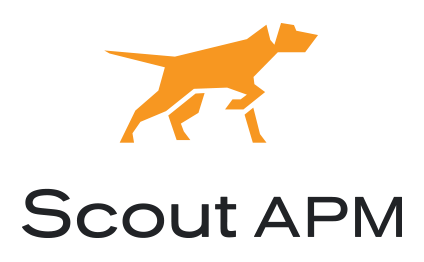AKS Cluster Performance: How to Better Operate Kubernetes in Azure
AKS is the managed service from Azure for Kubernetes. When you create an AKS cluster, Azure creates and operates the Kubernetes control plane for you at no cost. The only thing you do as a user is to say how many worker nodes you’d like, plus other configurations we’ll see in this post. So, with that in mind, how can you improve the AKS cluster performance of a service in which Azure pretty much manages almost everything?











